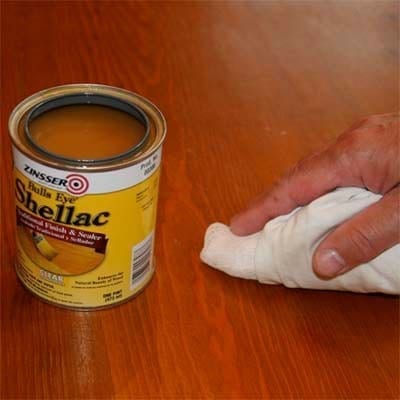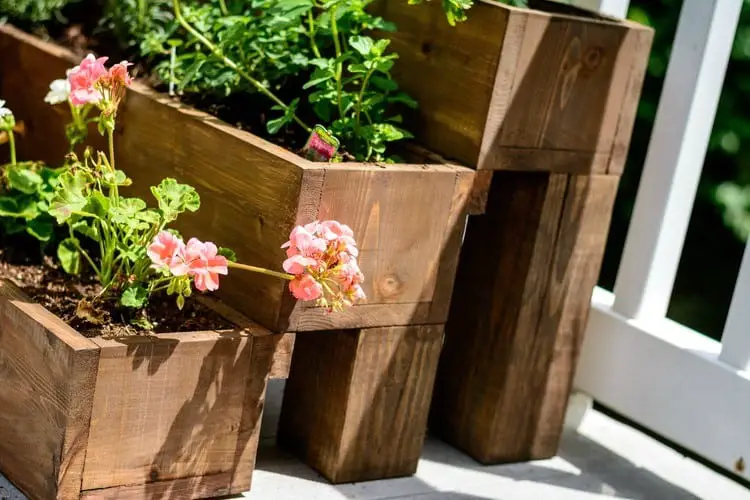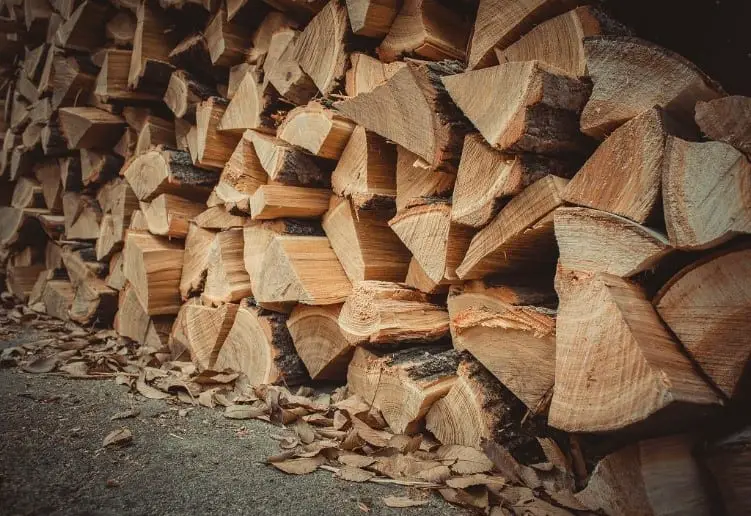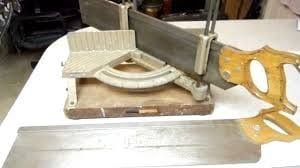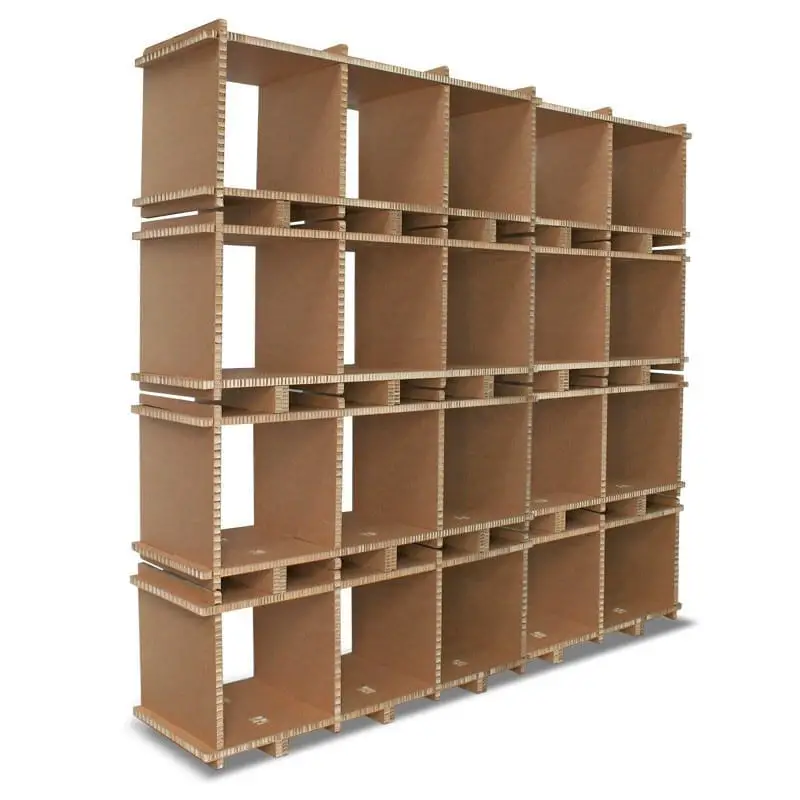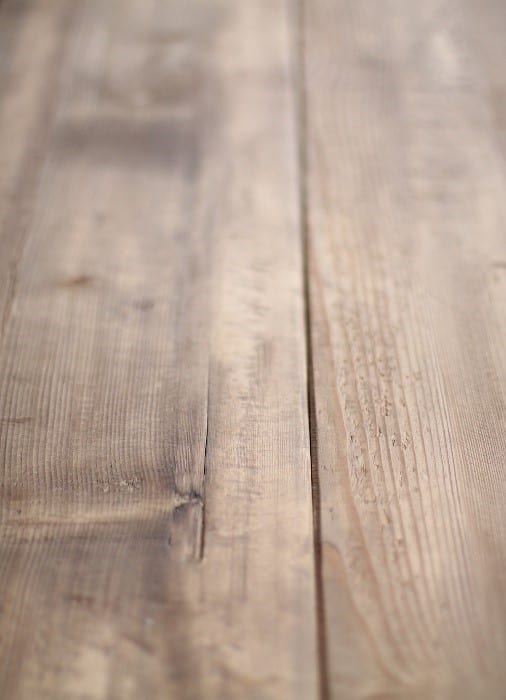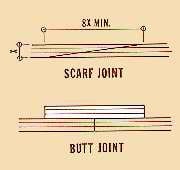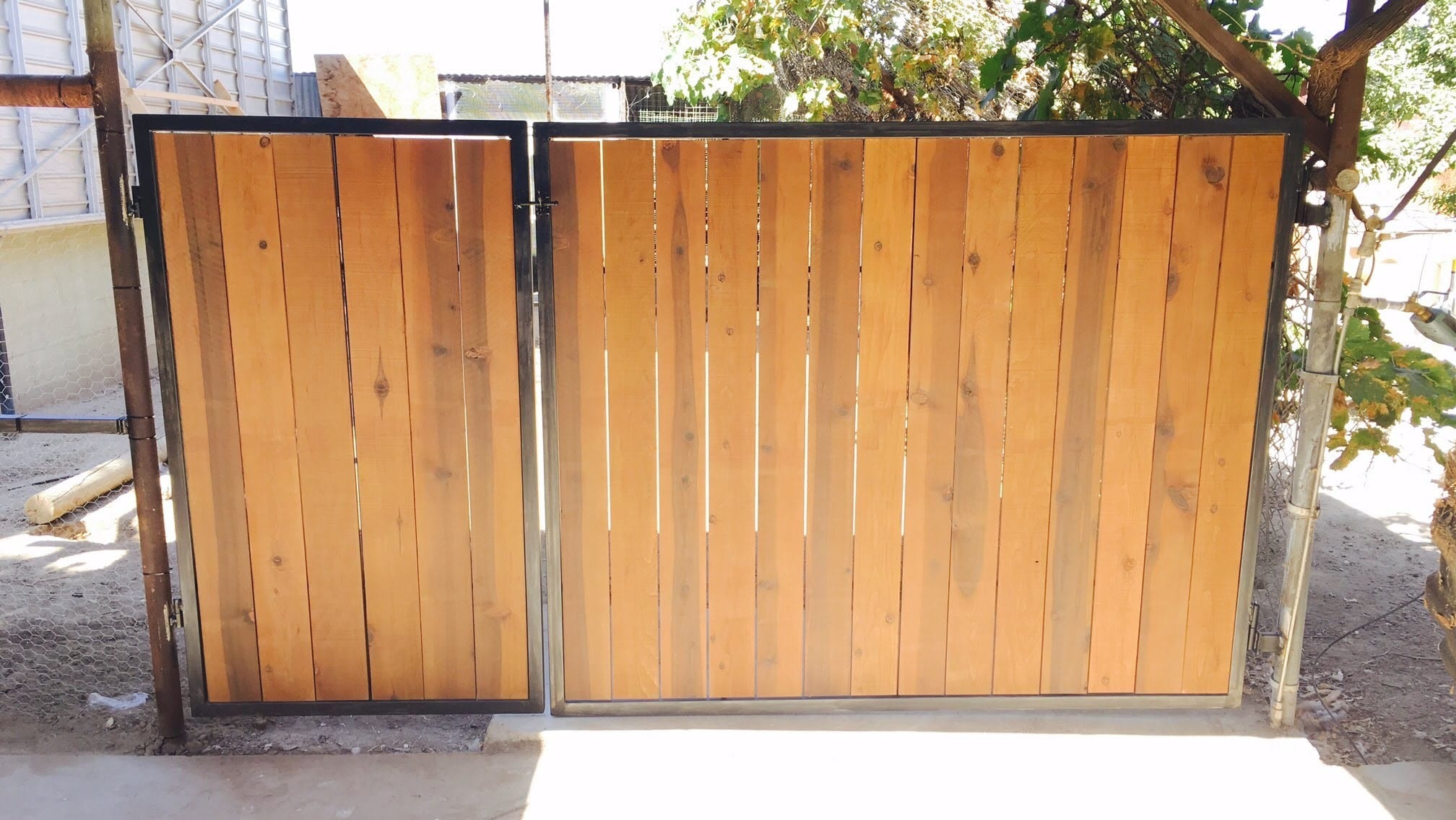If you are considering using shellac as a suitable finish for wood surfaces, then you’re on the right track. Call me a shellac aficionado, and I wouldn’t mind it; I truly love working with shellac over various other options available.
Even in the case, you ingest shellac by accident (let’s say you cut your food on a recently shellac-sealed surface and ingest some tiny particles) – apart from being unappetizing, it will not pose a threat to your health as it is non-toxic.
Already in the mood to get started? Check out our tutorial below. We reveal how to apply shellac to wood in just a few quick and easy steps!
What Will You Need to Start Working With Shellac And Wood
A clean cloth
You will need a clean piece of cloth to clean the surface of the wood.
Pro Tip: You will also need a clean cloth to remove any dust, dirt, or other tiny particles from the sandpaper. Thus, equipped with 2 pieces of clean cloth for best results.
Coarse-grit and fine grit Sandpaper
Sandpaper will help you smooth out the surface of the wood and prepare it for the application of the coating. You will have to sand the surface well after each coat of shellac has dried.
A suitable brush
You don’t want to use a foam brush when working with shellac. This type of brush makes shellac harden way too quickly. Opt for a natural-bristled brush or a synthetic brush instead.
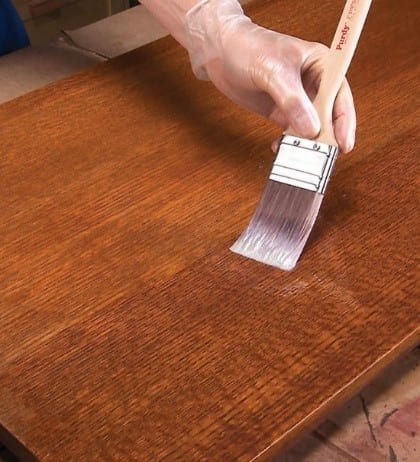
Image Credit: popularwoodworking.com
Pro Tip: A synthetic brush works best because removing the shellac left behind doesn’t cause harm to the bristles as with a natural-bristled brush.
A separate container
Dipping your brush straight into the shellac can might seem tempting. However, you need to avoid doing so. Otherwise, thin particles of sand, dust and/or dirt will get left behind in the product and decrease the quality of your future projects.
Step By Step Tutorial For Applying Shellac To A Wood Surface
Step #1 – Clean, smoothen and prep the wood
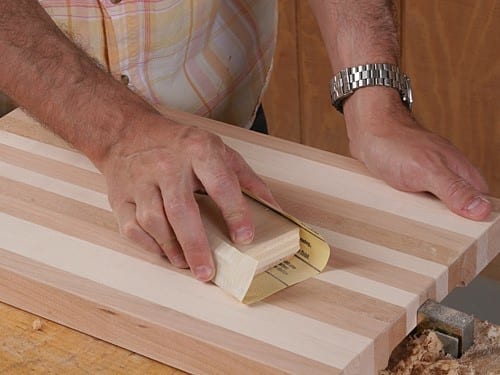
Image Credit: startwoodworking.com
You want to start by removing any traces of an old finish (if there are such, of course). Opt for coarse-grit sandpaper. Don’t forget to clean the sandpaper with a piece of cloth once done the polishing.
When the surface is completely smooth and even, you can go over the wood with a clean piece of cloth, dipped in water. Let it dry thoroughly.
Next, pour the desired amount of shellac into a separate container.
You can use an old bucket, a plastic box or whatever container you prefer. Start by pouring a little shellac at a time – not too much as to waste the material and need to pour it back to the main container; but not too little as to need adding more while struggling to apply even coats of shellac on the wood.
Step #2 – Dip the brush in the container and remove any excess shellac. Proceed with long, even strokes
After dipping the brush, remove the unnecessary quantity of shellac by pressing the brush to the edge of the container. When applying the shellac, strive for smooth and long strokes.
Don’t waste time but work with a sharp focus and a fast hand. Don’t forget that shellac dries rather quickly. In the case you miss out a particular spot, avoid making additional strokes. As you continue with the shellac coating after the layer dries up, it will be easier to fill the gaps without causing blurry spots.
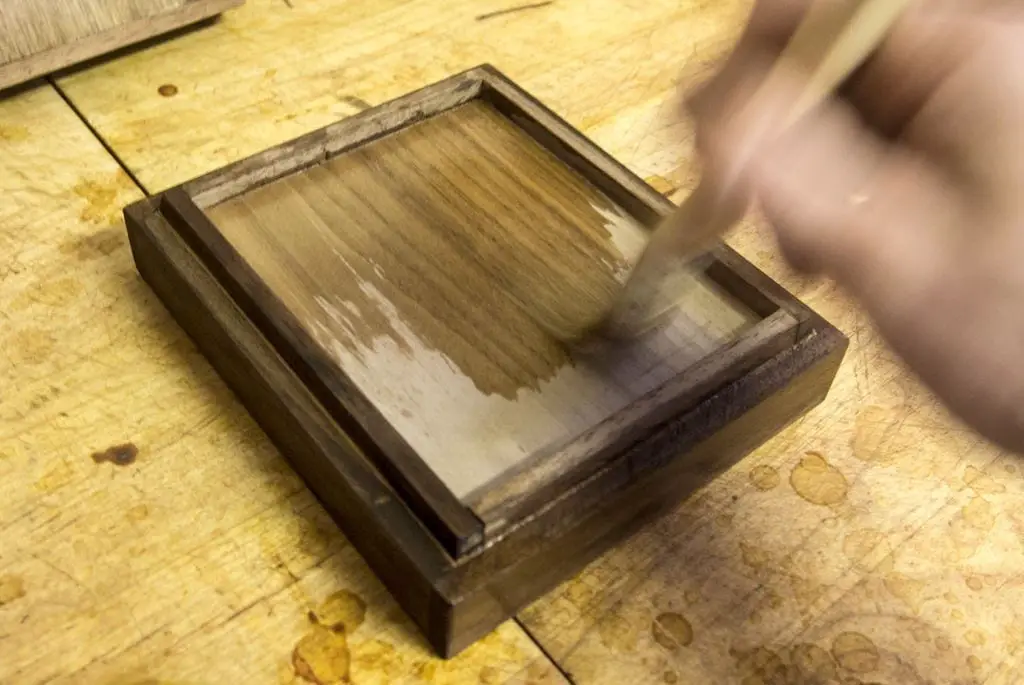
Image Credit: Instructables.com
Step #3 – Allow the shellac to dry, sand, and repeat the coating
If the area you work in is well-ventilated, shellac will take about 30 minutes to dry. Just gently touch the outer corner of the wood surface to check if the layer has dried. Now, smooth the surface once again with fine grit sandpaper. Finally, repeat by applying another layer of shellac.

Image Credit: youtube.com
Well, just as simple as it is – you are all done! Just don’t forget to clean your brushes, right? Overall, working with Shellac on wood is effortless. Nevertheless, Shellac emits less of an odor than other possible alternatives, it is free of toxins and dries rather fast.
Do you also like using Shellac to finish wood? Join us in the comment section below and share your tips with other DIYers. Hit the Like and Share buttons to help us reach more fellows who enjoy working with their own hands as much as we do!
